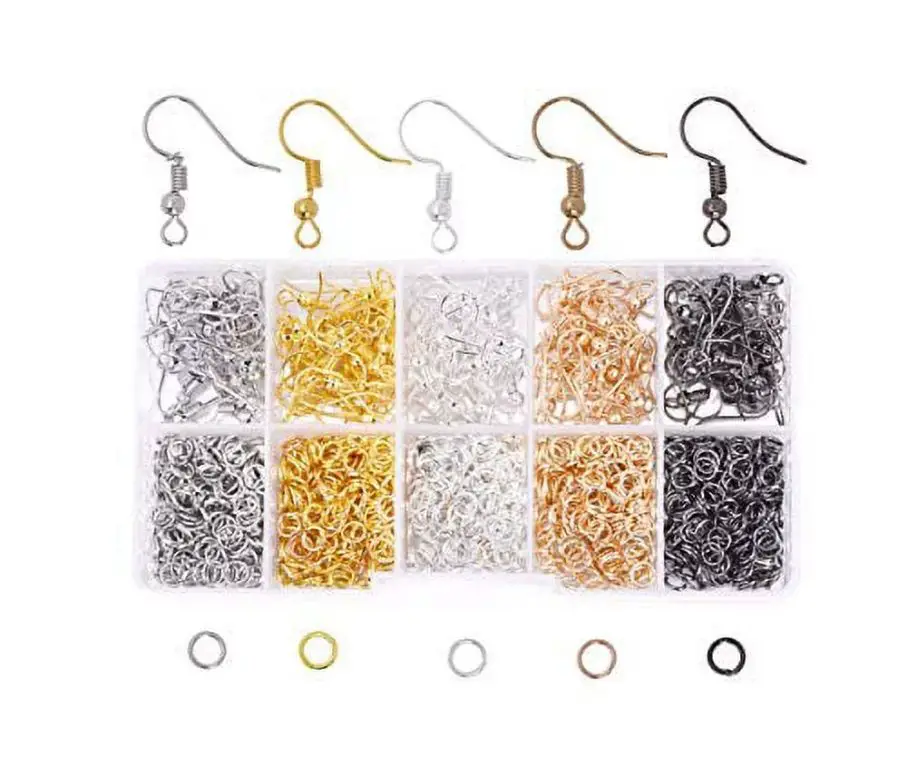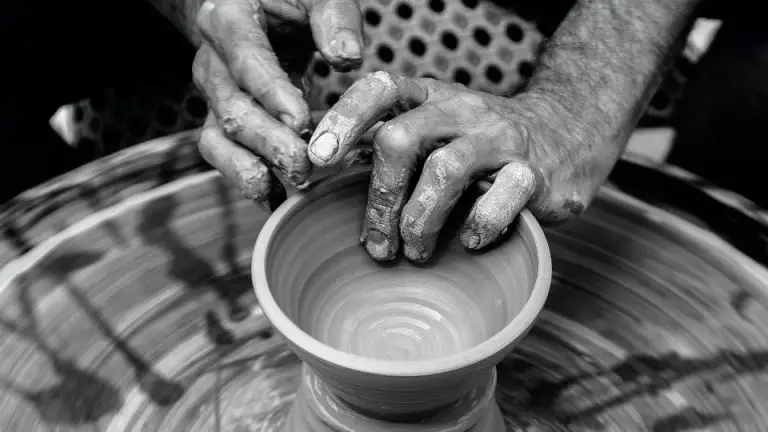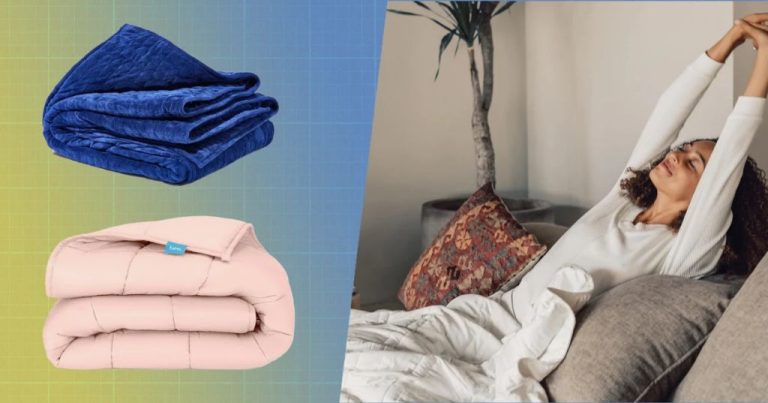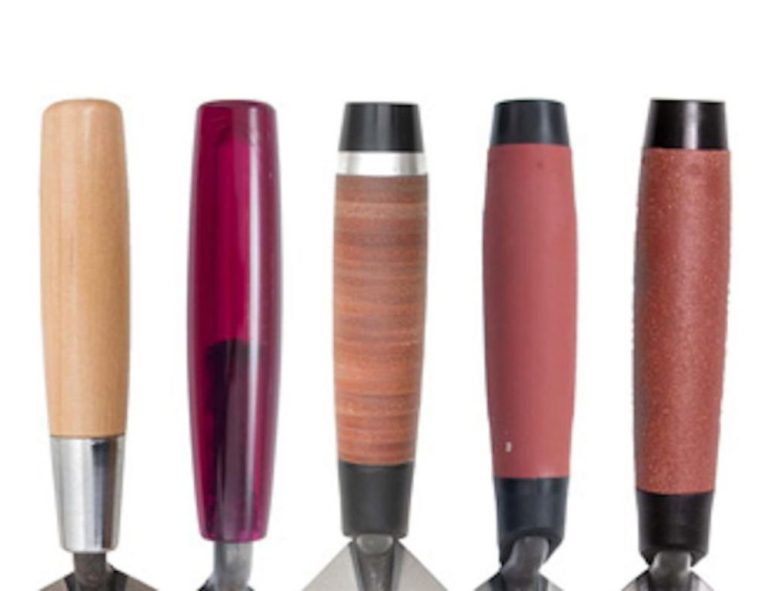What Do You Need To Make Homemade Jewellery?
Homemade jewelry has become an increasingly popular creative hobby and craft in recent years.
According to research, the handmade jewelry market is driven by consumer demand for unique, personalized, and sustainable jewelry options (source). Many people enjoy making jewelry as a relaxing and satisfying DIY craft.
Jewelry making allows creative expression through designing and crafting beautiful adornments. It does not require extensive expertise, making it accessible for beginners. With some basic tools and materials, anyone can start creating homemade jewelry.
Basic Jewelry Making Tools
Some of the most basic and essential tools for making jewelry at home include:
- Wire cutters – Used to cut wire to desired lengths. Look for a flush cutting pair to get clean cuts without burrs. Quality wire cutters like Xuron are a worthy investment (source: https://www.momsandcrafters.com/jewelry-making-supplies-for-beginners/).
- Pliers – Essential for grasping, bending, and shaping wire. Must-have pliers include round nose, chain nose, and flat nose styles. Avoid using household pliers as they can damage jewelry components (source: https://discover.hubpages.com/art/Basic-Tools-for-Jewelry-Making).
- Jewelry mandrels – Metal rods used to shape rings, bangles, and curved components. Come in a range of sizes. Get a basic set to start (source: https://www.youtube.com/playlist?list=PLpjuDpckrJ3wXPqiN_0bReKul653QSEiP).
Invest in quality tools that will last through years of jewelry making projects. With just these basic tools, you’ll be equipped to create an array of handmade jewelry pieces.
Jewelry Wire
Jewelry wire is an essential component for making homemade jewelry. The type of wire you choose can dramatically impact the look and feel of your final pieces. Here are some of the most common jewelry wire options:
Copper Wire
Copper wire is affordable, easy to work with, and offers a lovely warm, reddish-brown color. It’s very malleable and perfect for beginners practicing wire wrapping techniques. The main downside is that copper is prone to tarnishing over time.
Brass Wire
Brass wire contains a blend of copper and zinc. It provides a bright, golden color and is more resistant to tarnishing than copper. Brass is ideal for statement pieces but can feel heavy for delicate designs. It’s softer than other metals, making it easy to mold into shape.
Silver Wire
Sterling silver and fine silver wire add an elegant, precious metal look to homemade jewelry. Silver is attractive, shines brightly, and is naturally anti-microbial. However, silver wire tends to be more expensive and requires extra care to prevent tarnishing.
Beads
When making homemade jewelry, beads are one of the most fundamental elements. Beading allows you to add color, texture, and interest to any jewelry design. There are many types of beads to choose from:
Glass beads are a popular choice for DIY jewelry. They come in a rainbow of colors and finishes like transparent, opaque, matte, or shiny. Different shapes like rounds, tubes, and cubes allow for versatility. Murano glass beads from Italy have intricate patterns and designs. Vintage and recycled glass beads add a unique flair.
Crystal beads like Swarovski sparkle brilliantly and refract light. Faceted cuts like briolettes and cubes make them extra dazzling. Crystals come in clear or rainbow colors. Their radiance pairs well with metals like sterling silver.
Gemstone beads allow you to incorporate natural elements. Varieties like quartz, turquoise, jade, and tiger’s eye provide an organic elegance. Tumbled stones have a smooth, tactile feel. You can also find beads made from carved gemstone like rose quartz hearts or lapis lazuli donuts.
Wooden beads bring natural warmth. Materials like bamboo, sandalwood, oak, and ebony add texture. Wood beads come in geometric shapes as well as carved pendants. Painting or dyeing them expands the color palate.
Plastic acrylic beads offer durability at affordable prices. Their standardized shapes and sizes make them easy to work with. Acrylic takes on any color and provides bold pops of brightness.
(Source: https://www.amazon.com/beading-jewelry-making/b?ie=UTF8&node=12896081)
Charms and Pendants
Charms and pendants are essential components for homemade jewelry. You can purchase ready-made charms and pendants or make your own unique pieces.
Ready-made charms and pendants come in many styles and materials like silver, gold, and stainless steel (https://www.amazon.com/Silver-Charms-Pendants/s?k=Silver+Charms+and+Pendants). Choosing pre-made charms is quick and easy. Sites like Bonjour Handmade offer a wide selection of hypoallergenic charms and pendants made from metals like stainless steel (https://bonjourhandmade.com/collections/stainless-steel-charms-and-pendants).
You can also make your own custom pendants from materials like polymer clay, resin, wood, or metal clay. This allows you to create one-of-a-kind designs and personalize your jewelry. When making pendants, you can press objects like dried flowers or coins into clay or resin. Get creative with shapes, textures, and colors. Add drill holes so you can attach bails and string your pendants onto necklaces or bracelets.
Jewelry Findings
Jewelry findings refer to the components that connect and finish jewelry designs. Some essential findings for homemade jewelry include:
Clasps
Clasps secure the ends of necklaces, bracelets and anklets. Common clasp types include lobster claws, spring rings, hooks, magnetic clasps and toggle clasps. Clasps come in various metals like brass, copper and stainless steel. Make sure to select a sturdy clasp appropriate for the weight of your jewelry.
Jump Rings
Jump rings are simple round rings with an opening cut into them, which allows you to connect other jewelry components. They come in various metals and sizes. Use pliers to gently open and close jump rings while making connections.
Earring Hooks and Wires
Earring hooks, wires and posts allow you to turn other jewelry components into earrings. French hooks and lever back earring wires provide secure closures. Choose hypoallergenic earring posts if you’ll be selling your designs.
Quality jewelry findings can be purchased online from jewelry supply stores like u/GaNtabulous recommends.

Stringing Materials
Stringing materials are essential for joining together the components of jewelry designs. Some common options include:
Cord – Bead cord made of nylon or silk is a popular choice. It comes in different sizes and can create a professional finished look. Cotton cord and elastic cord are other options.
Elastic – Clear elastic cord stretches to allow jewelry pieces to slip over hands and wrists. It comes in different diameters.
Ribbon – Satin and grosgrain ribbon add a fabric element. Ribbon comes in many colors and can be used alone or combined with beads.
When selecting your stringing material, consider the weight of the beads or pendants you’ll be stringing, the desired drape and flexibility, and your design aesthetic. It helps to have a variety of stringing materials on hand so you can experiment.
Jewelry Adhesives
Adhesives are essential for assembling and finishing jewelry pieces. The main types used in jewelry making are:
-
Glue – A strong all-purpose adhesive option is super glue or cyanoacrylate glue, which provides a fast-drying and durable bond for most materials. According to High-Quality Super Glue for Jewelry Crafting, it’s especially useful for gluing metal components. A small amount can securely join pieces.
-
Epoxy – A two-part adhesive that must be mixed before use. Epoxy forms a rigid, plastic-like bond that can fill gaps. As noted in Overview of Adhesives for Jewelry Making, it’s often used for attaching cabochons or gluing items that need more flow before hardening.
When selecting an adhesive, consider the jewelry materials being joined and the needed strength and flexibility. Proper use is also key – applying the right amount and allowing adequate drying time.
Jewelry Design Inspiration
You can find inspiration for jewelry designs from many sources. Books and magazines devoted to jewelry making often contain photos of finished pieces as well as step-by-step tutorials. These can provide ideas for using particular materials or techniques in your own designs.
Browsing jewelry websites and blogs is another way to discover new styles and gather inspiration. For example, Jewelry Designs from the Beading Gem focuses on beaded jewelry and shares hundreds of free patterns and tutorials. Sites like Pinterest also allow you to save designs you like to refer back to.
Looking through your own jewelry collection can spark new ideas too. Analyzing pieces you already own in terms of materials, structure and style elements can help generate concepts for new designs.
Getting Started
If you’re just beginning to explore jewelry making, a great way to start is with a beginner jewelry making kit. These kits contain all the basic tools and supplies you’ll need to complete your first few projects, like jewelry pliers, wire, stringing material, clasps, and beads. Many kits also include instructions and ideas for beginner-friendly projects like basic wire-wrapped rings, pendants, earrings, and more.
Some good starter project ideas include:
- Stringing beads onto a necklace or bracelet
- Making wire-wrapped loops to connect jewelry components
- Creating wire-wrapped rings or earrings
- Assembling charm bracelets or necklaces
Starting with simple beginner projects will help you get comfortable with basic jewelry making techniques. As you progress, you can move on to more advanced projects using additional tools and materials. The key is to start simple, practice the basics, and build up your skills over time. With a little guidance and experimentation, you’ll be creating beautiful handmade jewelry in no time!
Some good sources for beginner jewelry making kits and project ideas include:




